The Power of Ice Baths for Recovery and Wellness
It feels like everyone’s taking the plunge into ice baths these days, doesn’t it? From celebrities like Chris Hemsworth and Jennifer Aniston to elite athletes like LeBron James and Cristiano Ronaldo, the cold-water trend has made quite a splash. Wim Hof, better known as “The Iceman” for his incredible ability to withstand freezing temperatures, has been a big part of making cold-water therapy so popular today. Tony Robbins and Lady Gaga have also joined in, sharing their icy dips and claiming it does wonders for the mind and body.
Interest in cold-water therapy has soared in recent years. An ice bath, cold-water therapy, or a quick cold plunge—no matter the name, it all boils down to one exhilarating practice: immersing yourself in water cooler than 15°C for a short burst of time, ranging from 30 seconds to 15 minutes. It’s not just about braving the chill—people are claiming all kinds of benefits, from reduced muscle soreness to better sleep and sharper focus.
So, what’s all the buzz really about? Are ice baths just the latest fad, or do they actually live up to the hype? In today’s blog, Fitshop takes you through everything you need to know about ice baths—what they are, why people love them, the risks to consider, and how to do it safely. And if cold therapy isn’t your thing, don’t worry—we’ve got plenty of other recovery tools. Ready to dive in? Let’s go!
Cold Therapy: Exploring the Options

Cold therapy takes many forms, each with its own approach and intensity. From icy water immersions to cryotherapy chambers, there’s a method for everyone. Here’s a breakdown to help clarify:
- Cold Water Therapy: This category covers practices involving exposure to cold water, such as cold showers, ice baths, or swimming in chilly lakes and oceans. The water temperature typically ranges between 10°C and 15°C.
- Cryotherapy: A more advanced technique that uses specialised chambers to expose the body to extremely cold air. Temperatures in these chambers often drop to -140°C or as low as -170°C. No water is used in this process.
- Ice Bathing: A more focused form of cold water therapy where the body is submerged in a tub of ice-cold water. Temperatures for this practice usually fall between 4°C and 10°C, offering a deeply invigorating experience.
Each approach offers a unique experience, but what makes cold therapy so appealing? Let’s explore the benefits that have made it a wellness trend.
Our Top Ice Bath Picks:
What Makes Ice Baths Worth a Try
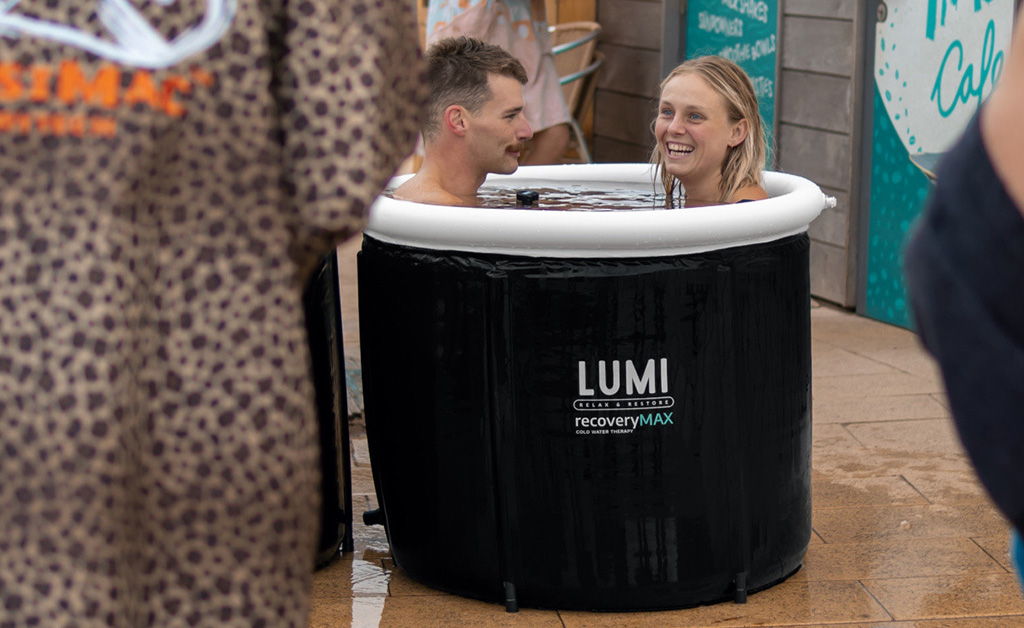
Cold therapy offers a refreshing way to engage both body and mind. Many enthusiasts rave about its potential benefits, which range from aiding physical recovery to improving overall well-being. Here’s a closer look at how ice baths might help:
- Faster Muscle Recovery: A cold plunge can speed up recovery by reducing inflammation and flushing out waste from your muscles. It’s especially popular among athletes and fitness lovers for easing soreness after workouts.
- Reduced Inflammation: The cold narrows your blood vessels, helping to cut down swelling and inflammation. This can ease pain and discomfort, promoting quicker healing after physical strain.
- Happier Mood and Sharper Mind: Cold water immersion triggers a release of endorphins and norepinephrine, which can reduce stress and anxiety while lifting your mood. Many find it leaves them feeling more alert, focused, energetic, and positive.
- Deeper, Restful Sleep: Regular cold water therapy can help balance your nervous system and regulate body temperature, leading to deeper, more restful sleep. A calm night’s rest feels closer than ever.
- Strengthened Immune System: Exposure to cold water is believed to improve circulation and stimulate the production of white blood cells, giving your immune system a helpful boost over time.
- Improved Metabolism: Ice baths activate brown fat cells, a type of fat that helps generate heat and burn calories. They can also improve insulin sensitivity and reduce blood sugar levels, supporting metabolic health.
While these benefits are appealing, there are a few things to consider before diving into cold therapy. Understanding what to be aware of can help you decide if ice baths are the right choice for you. Let’s explore those next.
Ice Bath Safety: What You Should Know
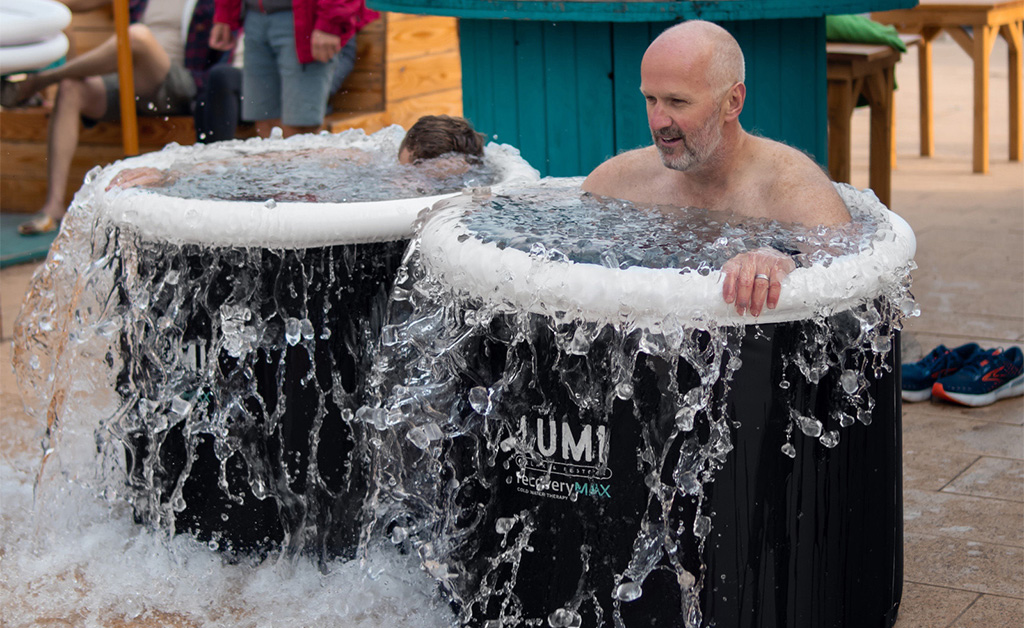
Ice baths can feel invigorating and bring a host of benefits, but it’s important to approach them with care. While the practice is safe for many, there are risks to be aware of before jumping in:
- Risk of Hypothermia: Staying in cold water too long can cause your body’s core temperature to drop dangerously low, leading to hypothermia. This is a serious and potentially life-threatening condition.
- Cold Shock Response: Plunging into cold water suddenly can trigger a rapid increase in breathing and heart rate. This response, known as cold shock, can strain your cardiovascular system.
- Gasp Reflex and Hyperventilation: Cold water immersion may cause an involuntary gasp reflex or hyperventilation, increasing the risk of drowning in open water. It can also lead to irregular heartbeats or even a heart attack, particularly in those with heart conditions.
- Impact on Heart Health: For individuals with heart conditions or high blood pressure, the sudden drop in temperature might trigger adverse reactions, including arrhythmias or cardiac arrest.
- Skin Irritation: Some people may experience skin irritation or rashes from cold water exposure, especially with repeated or prolonged use.
It’s always wise to consult a healthcare professional before starting ice baths, especially if you have any pre-existing health conditions.
Taking these factors into account, a safe and effective ice bath routine is key. Let’s explore some tips and recommendations for making the most of your ice bath sessions.
Getting Ready for Your First Ice Bath
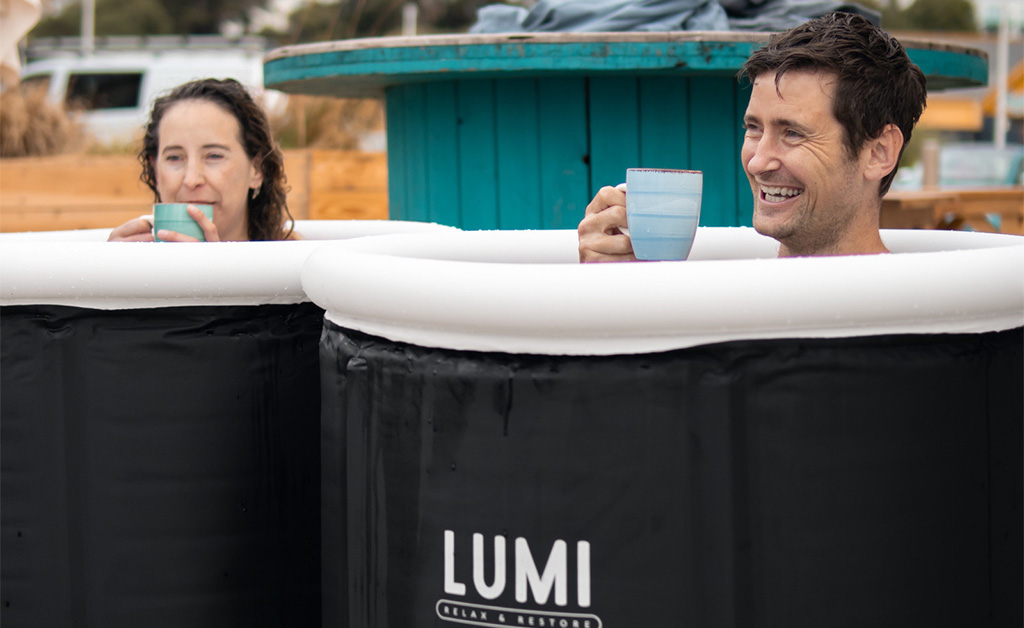
Trying an ice bath for the first time can feel both exciting and a little nerve-wracking. It’s a refreshing way to challenge yourself, but taking the right steps is key to staying safe and getting the most out of it. Here’s how to prepare for your first plunge:
Before
- Consult Your Doctor: If you have any medical conditions like heart disease, diabetes, or high or low blood pressure, check with your doctor before trying an ice bath.
- Avoid Substances That Affect Your Body’s Response: Don’t take an ice bath after consuming alcohol or other substances that might impair your body’s ability to handle the cold safely.
- Never Go Alone: Always have a buddy nearby when taking an ice bath, especially in natural settings. This ensures help is available if you experience an emergency like cramps or difficulty exiting the water.
- Choose a Safe Spot: If you’re cold plunging outdoors, pick safe locations like designated swimming areas or cold-water pools. Ensure there are no strong currents or hazards that could put your safety at risk.
During
- Ease In Slowly: Enter the water gradually to help your body adjust to the cold. This can reduce the intensity of the cold shock response and help you feel more in control.
- Start Small: Take your time! Start with short dips of 10-30 seconds in slightly warmer water (around 20°C) and work your way down to colder temperatures and longer durations over a number of sessions as your body adapts.
- Focus on Your Breathing: Deep, steady breaths can help you manage the initial shock of the cold and help you stay calm and composed.
- Limit Your Time: Keep your immersion time short—no more than 15 minutes. Use the general guideline: at 1°C, stay in for 1 minute; at 5°C, no more than 5 minutes; and at 10°C, aim for 10 minutes or less.
- Listen to Your Body: Pay attention to how your body feels. If you notice discomfort, dizziness, or difficulty breathing, exit the water immediately. Signs of hypothermia, such as numbness or intense shivering, also mean it’s time to get out.
After
- Warm Up: After the plunge, dry off with a towel or blanket and change into warm, dry clothes, starting with your upper body. If you like, take a warm—not hot—shower, but be careful; sudden temperature changes can be tough on your body and might make you dizzy, faint, or worse.
- Find a Comfortable Place to Relax: Sit down in a warm, sheltered spot to your body stabilise and gradually return to its normal temperature. If you feel capable, take a gentle walk to naturally raise your body temperature and encourage blood flow.
- Have a Beverage and Snack: Sip on something warm, like tea or hot chocolate, and enjoy a quick bite—something sweet is a great choice, as sugar can help raise your body temperature.
- Make It a Habit: Regular practice helps your body adapt and lets you enjoy the full benefits of ice baths. Whether it’s part of your morning routine or post-workout recovery, aim for one to two sessions per week to start. Adjust the frequency based on your preferences and goals.
As you can see, ice baths can do wonders for your recovery. But they’re not for everyone—and that’s okay! If cold therapy doesn’t feel like the right fit, there are plenty of other recovery tools and techniques to help you feel your best. Let’s take a closer look at some great alternatives.
Alternative Recovery Tools
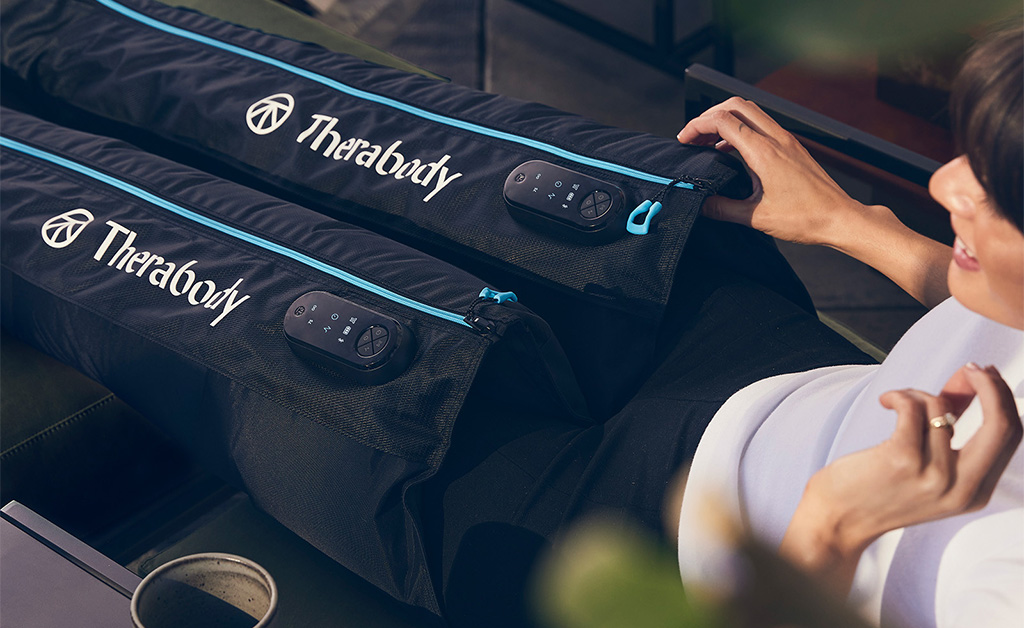
Not a fan of cold water therapy? No problem! There are plenty of other ways to support your recovery and wellness journey:
Time to Relax
A massage can work wonders on tired muscles and a stressed mind. Whether it’s a self-massage with your hands, a massage gun, or just some time on the sofa with a neck pillow, this practice helps ease tension and release built-up stress.
Our Top Picks:
Fascia Training
Fascia training, which includes foam rolling and gentle, bouncy movements, is a must for mobility and recovery. By loosening tight spots and reducing soreness, you’ll feel the benefits in both your workouts and daily life.
Our Top Picks:
Mindfulness in Everyday Life
Taking time for yoga, stretching, or mindfulness exercises isn’t just good for your mind—it can also support physical recovery. Slowing down helps calm the nervous system and improves your connection to your body.
Our Top Picks:
Compression Boots
These high-tech recovery tools use controlled pressure to promote circulation and reduce muscle fatigue. They’re a favourite among athletes and anyone who loves the feeling of refreshed legs after a tough day.
Our Top Picks:
Take your time to experiment and discover the combination that helps you feel your best!
Taking care of your body is all about finding the right recovery methods. Check out our range online or visit one of our stores to find everything you need to support your wellness journey.

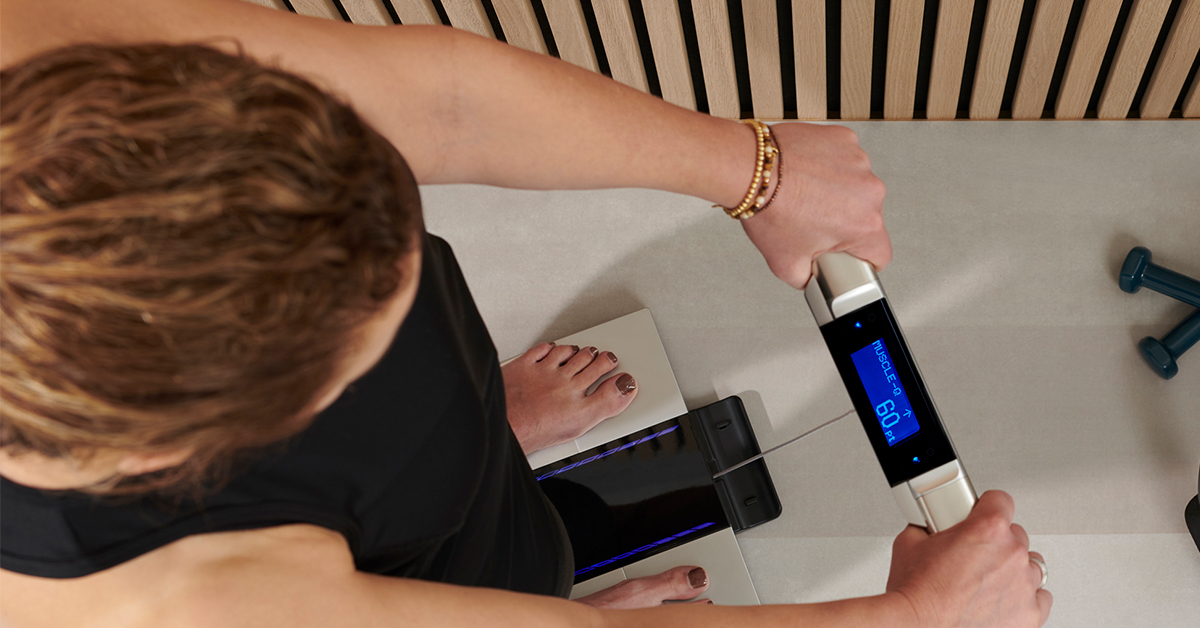
Post Comment